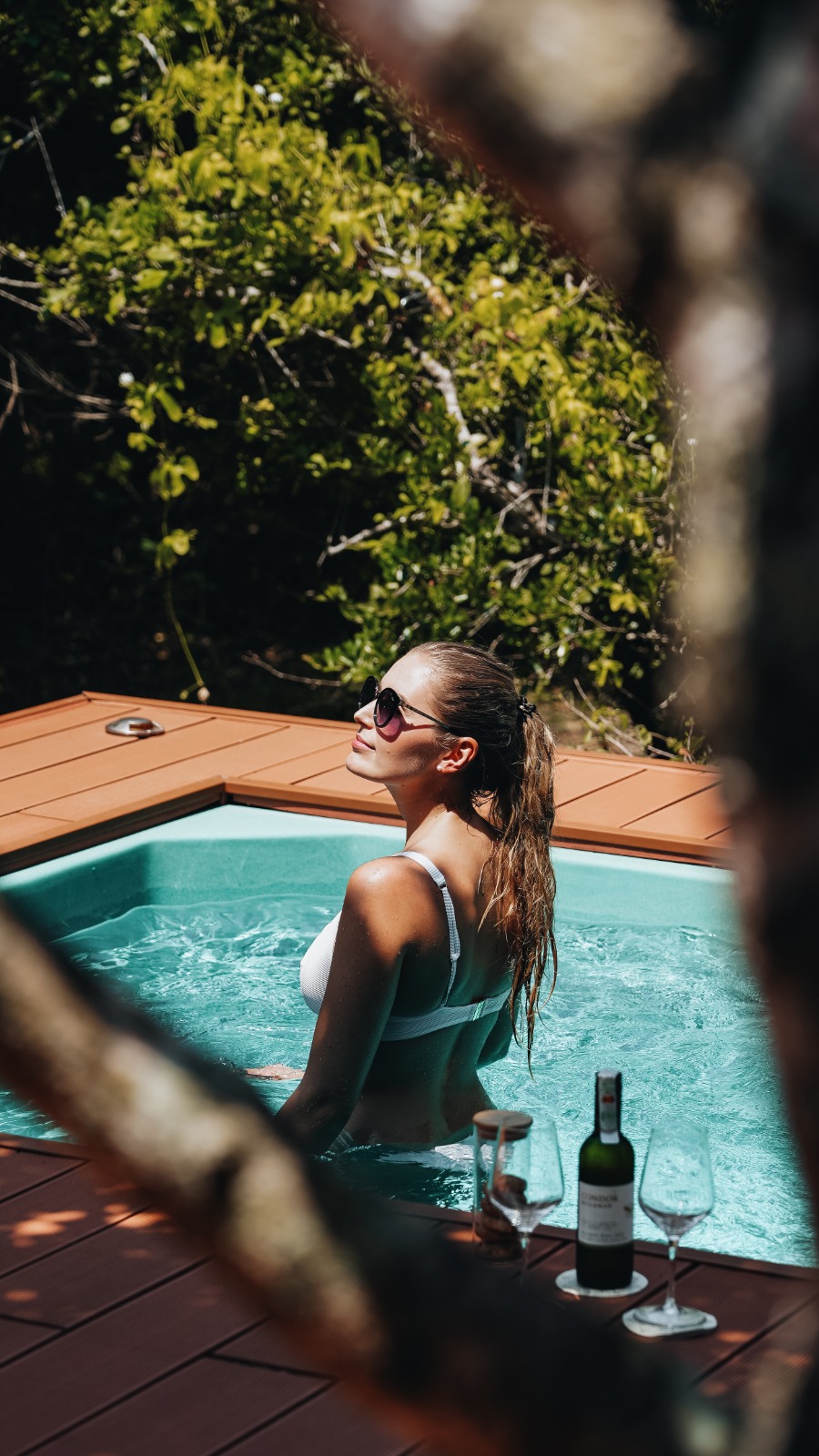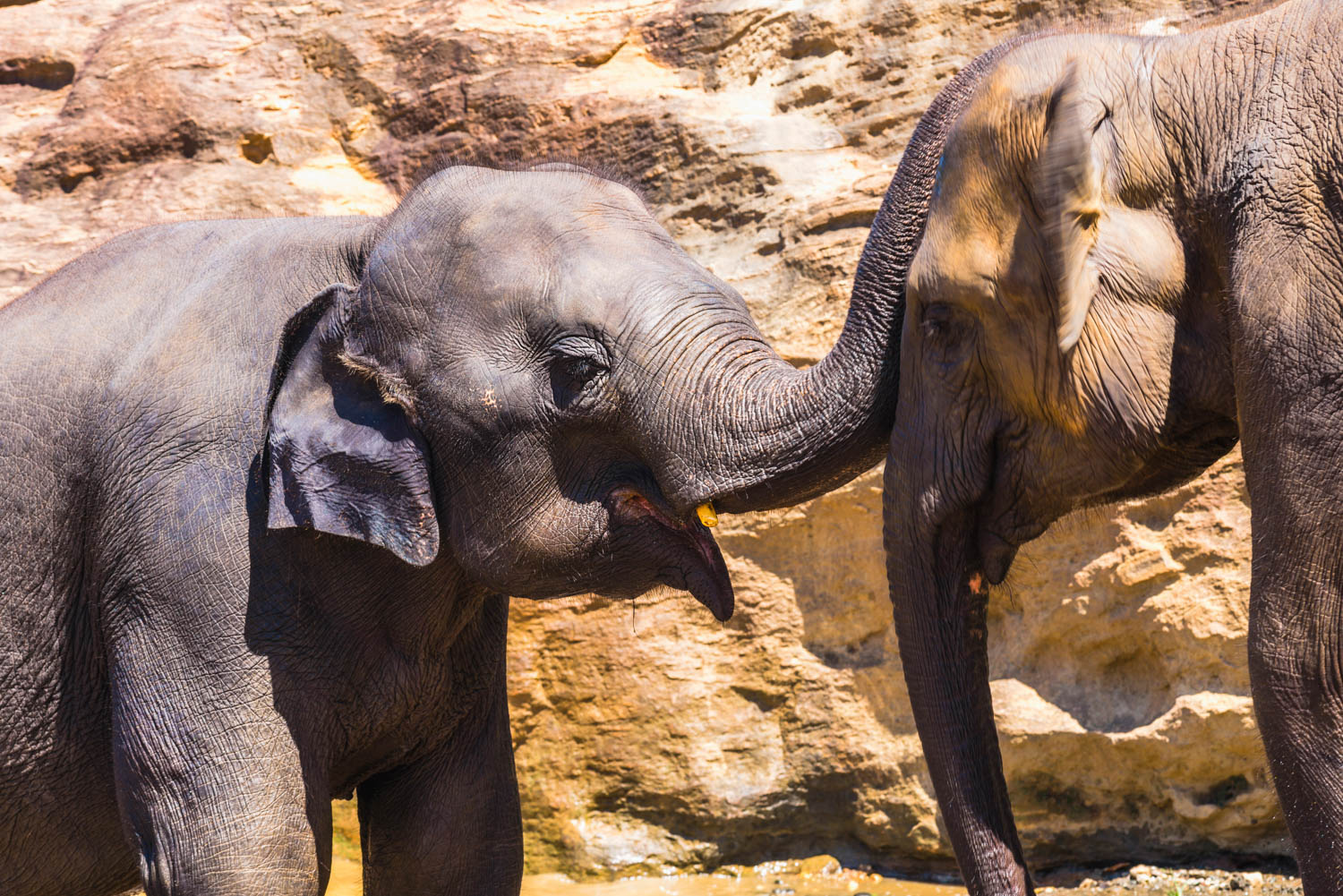Kandy Lake: Complete Travel Guide to Sri Lanka’s Sacred City Lake
-2.jpg)

At a Glance
Highlights
Fun Facts
Introduction
At the heart of Sri Lanka’s cultural capital lies Kandy Lake, a man-made lake that has become a symbol of serenity and spirituality. Also known as Kiri Muhuda (Sea of Milk), the lake sits beside the world-famous Temple of the Tooth Relic (Sri Dalada Maligawa), one of the most sacred Buddhist sites in the world.
Built in the early 19th century, Kandy Lake is not just a scenic landmark — it’s also a place where history, culture, and daily life blend seamlessly. Visitors come here to walk its shaded pathways, admire reflections of temples and trees in the water, and experience the calm energy of Kandy.
History and Cultural Significance of Kandy Lake
Kandy Lake was constructed in 1807 by King Sri Wickrama Rajasinghe, the last king of Sri Lanka. The lake was built beside the Temple of the Tooth, enhancing the beauty and sacredness of the area.
Local legends say that the island in the middle was once connected to the royal palace, used as a private garden or harem. Today, the island remains off-limits, adding to the lake’s mystery.
Photo by UGA Chena Huts

Photo by UGA Chena Huts
.jpeg)
The Natural Beauty of Kandy Lake
The Island in the Lake
The central island, adorned with trees, has a history tied to royal secrets and colonial use.
Flora Around the Lake
Tall trees line the pathway, providing shade for walkers and enhancing the lake’s calm ambiance.
Wildlife
Monitor lizards, turtles, and a variety of bird species call the lake home, making it a natural sanctuary within a bustling city.
What to See at Kandy Lake
- The Temple of the Tooth View – A stunning backdrop reflecting in the lake.
- The Island – A small mysterious island at the center, linked to royal history.
- Walking Path – A popular spot for evening strolls and morning jogs.
- Wildlife – Spot fish, birds, and even large monitor lizards sunbathing along the shore.
Where to Eat Nearby
- Lakeside Restaurants – Offering traditional rice and curry with panoramic lake views.
- Cafes – Trendy coffee shops serving pastries, tea, and light meals.
- Street Food – Corn, cut fruits, and short eats sold by vendors around the lake.
👉 Insider Tip: Try a local kottu roti or a refreshing king coconut from nearby stalls.
Activities and Experiences Around Kandy Lake
Walking & Jogging
Locals and tourists alike enjoy leisurely walks around the lake, especially at sunset.
Photography
The reflections of the Temple of the Tooth and surrounding trees make it one of the most photogenic spots in Kandy.
Visiting the Temple of the Tooth
Located right next to the lake, this UNESCO World Heritage site is a must-see for anyone visiting Kandy.
Photo by UGA Chena Huts

Photo by UGA Chena Huts
.jpeg)
Where to Stay
Kandy offers a variety of accommodation choices, many overlooking the lake:
- Hotels with Lake Views – Ideal for luxury seekers.
- Boutique Hotels – Blending heritage charm with modern comforts.
- Budget Guesthouses – Affordable stays within walking distance.
Our
Featured
Trips.
Explore Our featured trips curated by fellow Sithiyam Travlers
Nearby Attractions
- Temple of the Tooth (Sri Dalada Maligawa) – Sacred Buddhist relic shrine.
- Kandy Viewpoint – Panoramic view of the entire city and lake.
- Udawatta Kele Sanctuary – A forest reserve perfect for nature walks.
Deep Dive to Nearby Attractions
- Temple of the Tooth: A UNESCO-listed temple housing Buddha’s sacred tooth relic.
- Kandy Viewpoint: Best for sunrise or sunset city panoramas.
- Udawatta Kele Sanctuary: A peaceful nature reserve with birds, monkeys, and history
Getting to Kandy Lake
From Colombo
- By Train: Scenic 3-hour journey with mountain views.
- By Bus: 3.5–4 hours from Colombo Fort Bus Station.
- By Car: 3 hours via expressway.
From Other Hill Country Cities
- From Nuwara Eliya: ~2.5 hours by car.
- From Matale: ~1 hour.
- From Ella: ~5–6 hours by train or road.
Photo by UGA Chena Huts

Photo by UGA Chena Huts
.jpeg)
Tips for Visitors
- Best Time to Visit: Early morning or sunset for cooler weather and stunning views.
- Dress Code: Modest clothing if visiting nearby temples.
- Essentials: Comfortable shoes, camera, water bottle.
Getting Around, Safety, and Tips
- Walking – The 3.5 km path around the lake is the best way to explore.
- Tuk-tuks – Available for quick rides around town.
- Safety – The area is generally safe, but avoid walking alone late at night.
Frequently Asked Questions (FAQs)
Q1. Why is Kandy Lake famous?
Because of its historical connection to the Temple of the Tooth and its serene beauty in the heart of the city.
Q2. Can you walk around Kandy Lake?
Yes, the 3.5 km path is popular for walking and jogging.
Q3. Who built Kandy Lake?
It was built in 1807 by King Sri Wickrama Rajasinghe.
Q4. What is the best time to visit Kandy Lake?
Early morning or evening for pleasant weather and beautiful reflections.
Q5. Can you visit the island in the lake?
No, the island is not open to the public.
Q6. Is Kandy Lake safe to visit at night?
Yes, but it’s best to avoid walking alone late in the night.
Got Questions? We Have Answers
Photo by UGA Chena Huts

Photo by UGA Chena Huts
.jpeg)
Conclusion
Kandy Lake is more than a landmark — it’s the soul of Sri Lanka’s hill capital. Surrounded by history, religion, and nature, it provides a peaceful retreat from the city’s busy streets. Whether you’re walking its shaded paths, admiring reflections of the Temple of the Tooth, or simply sitting by its banks, the lake embodies tranquility and heritage.
No visit to Kandy is complete without spending time at its beautiful lake — a true jewel in Sri Lanka’s cultural crown.


.jpg)
.jpeg)


